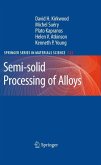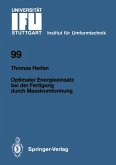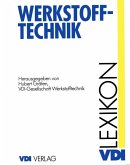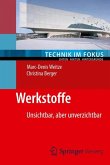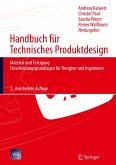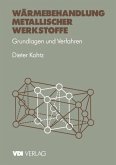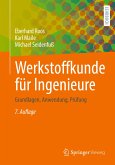Semisolid metallurgy (SSM) is now some 37-years-old in terms of time from its conception and ?rst reduction to practice in the laboratory. In the intervening years, there has been a steadily growing body of research on the subject and the beginning of signi?cant industrial applications. The overall ?eld of SSM comprises today a large number of speci?c process routes, almost all of which fall in the category of either "Rheocasting" or Thi- casting." The former begins with liquid metal and involves agitation during partial solidi?cation followed by forming. The latter begins with solid metal of suitable structure and involves heating to the desired fraction solid and forming. Research over the past 37 years, and particularly over the last decade, has provided a detailed picture of process fundamentals and led to a wide range of speci?c SSM processes and process innovations. Industrial studies and actual p- duction experience are providing a growing picture of the process advantagesand limitations. At this time, the conditions for eventual wide adoption of SSM appear favorable, both for nonferrous and ferrous alloys. It must, however, be recognized that major innovations, such as SSM become adopted only slowly by industries where capital costsarehigh,pro?tmarginsaremodest,andfailuretomeetcustomercommitments carries a high penalty.
Bitte wählen Sie Ihr Anliegen aus.
Rechnungen
Retourenschein anfordern
Bestellstatus
Storno


